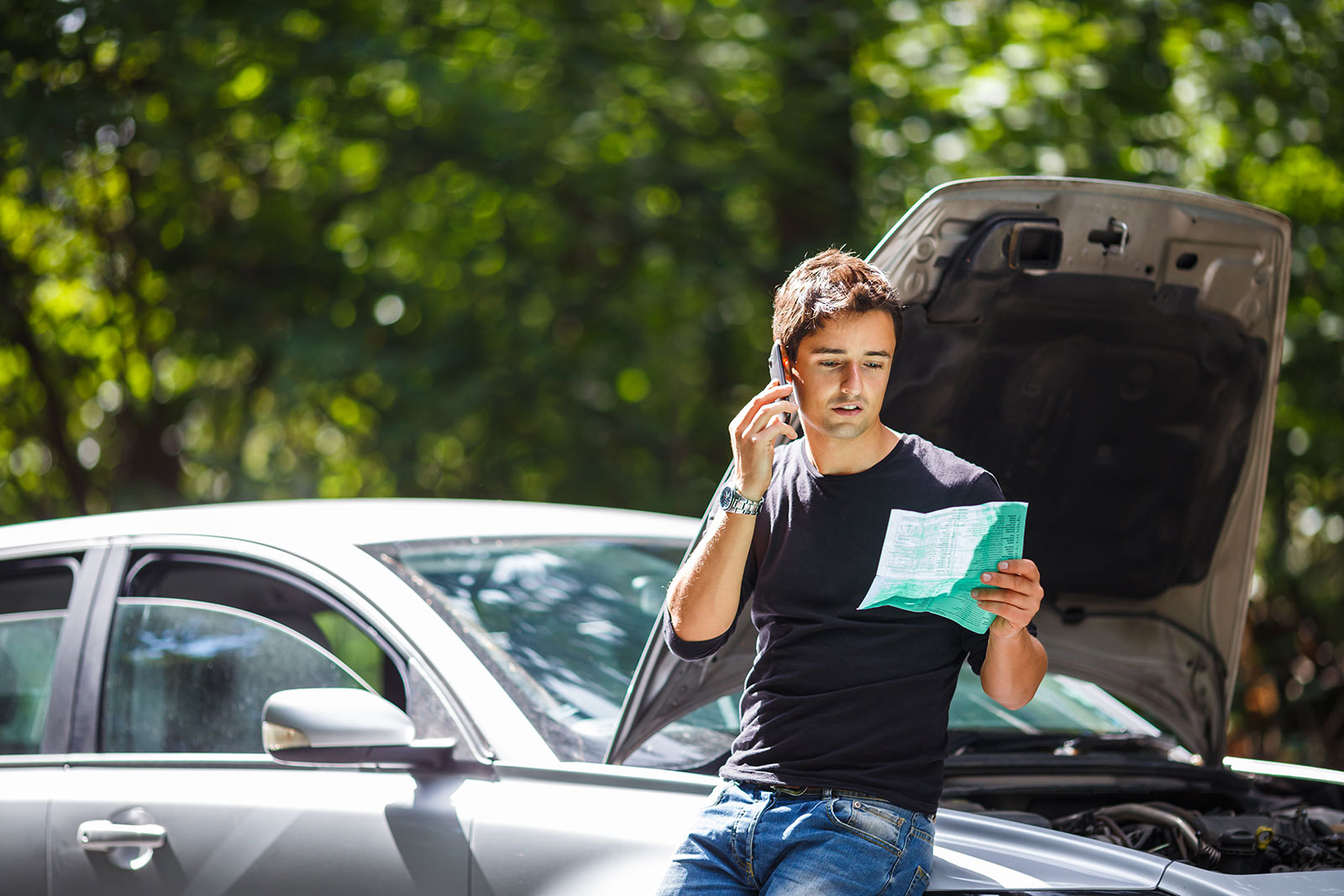
What You Need to Know About Excluded Drivers
Tuesday, July 26, 2016
Families in the United States often share a car or two among multiple members of the family. Not every 16-year-old gets a car on their birthday, and for many families, it is more cost effective to share vehicles rather than purchase one for every driver. In addition to saving money, this also saves garage and driveway space and can cut down on commute time.
However, it is crucial to understand who is an excluded driver and what that means for your insurance coverage. Excluded drivers are members of a household who are excluded from an automobile insurance policy. In most cases, insurance companies require drivers who use the insured vehicle on a regular basis to be added to the insurance policy. An excluded driver may be someone without a driver’s license in the family, or someone who is visiting temporarily and may only require a short amount of independent time in the car.
Others would include those who are under the age of 16 (and therefore not qualified for a driver’s license) or those who are unable to drive due to a disability or injury. In some states, car owners are able to exclude specific drivers from their auto insurance policies. If an excluded driver is in an accident, the car owner may not be covered by their insurance policy for damages incurred.
Some drivers may be covered under what is known as permissive use. This means they are not members of your immediate household, but they do have access and permission to use your vehicle. Check to make sure your insurance policy has a permissive use clause, as this kind of insurance may not cover the other driver to the same extent as it covers people who are directly listed on the automobile insurance policy of the car owner.
Insurance companies want the regular drivers of a vehicle to be listed on the insurance because this practice helps them determine how much risk each driver poses on a vehicle, and thus, how much overall risk that vehicle poses. Automobile insurance is all about balancing the risks of drivers and vehicles, and making sure excluded drivers are accounted for is part of that risk assessment.
For more information on who in your household may be considered an excluded driver, contact Protective Agency at (877) 739-9367.
